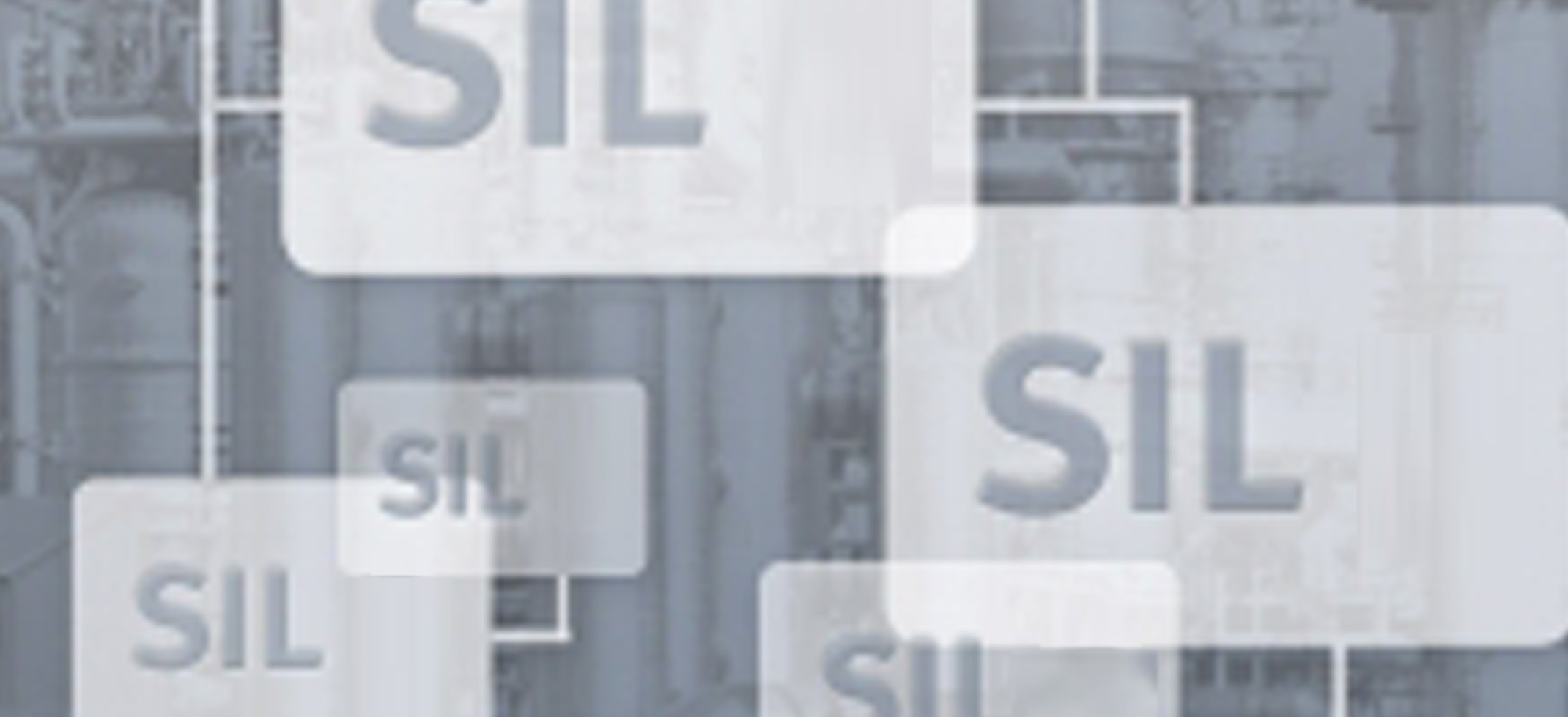The need to improve reliability, fault tolerance and standardization of performance of instrumental safety systems, has led to the development of the concept of SIL stands for Safety Integrity Level, representing the degree of risk reduction associated with a safety-instrumented function (read lock, interlock, logic, permissive logic) implemented by a safety instrumented system (SIS) provided on a given process. SIL, in the scale of values between 1 and 4, it is born from the need invalsa in the process industry (oil & gas, refining, chemical, paper & paper mills, non-nuclear power plants) and the associated test equipment suppliers in the field, logic solvers (PLC, relays, ASIC, etc.) and final field elements (valves, actuators, positioners, counters, disconnectors, etc.), an immediate representation of one of the main requirements of the European reference standard ( EN IEC 61508 “Functional safety of electrical / electronic / programmable electronic safety-related systems and EN IEC 61511” Functional safety: safety instrumented systems for the process industry sector “, transposed in Italy as CEI EN 61508 and CEI EN 61511).
After applying the risk reduction process, you must demonstrate compliance with the minimum requirements, and to meet in this way the SIL level required. It is adopted a three-step approach.
In the first stage of risk analysis is performed. How is the SIL level? What procedures and methods are used to identify and quantify the risks necessary risk reduction?
In the second phase takes the implementation of the risk reduction process. It includes an analysis of the implementation strategy of risk reduction, by assessing whether it is possible to reach a tolerable level of risk and explaining how they should be designed protection devices. It describes in detail the types of failure and its consequences.
In the third phase, finally, it is the evaluation of the functional safety as a fundamental aspect for the achievement of a SIL requirement.
For more information: www.sesino.it






